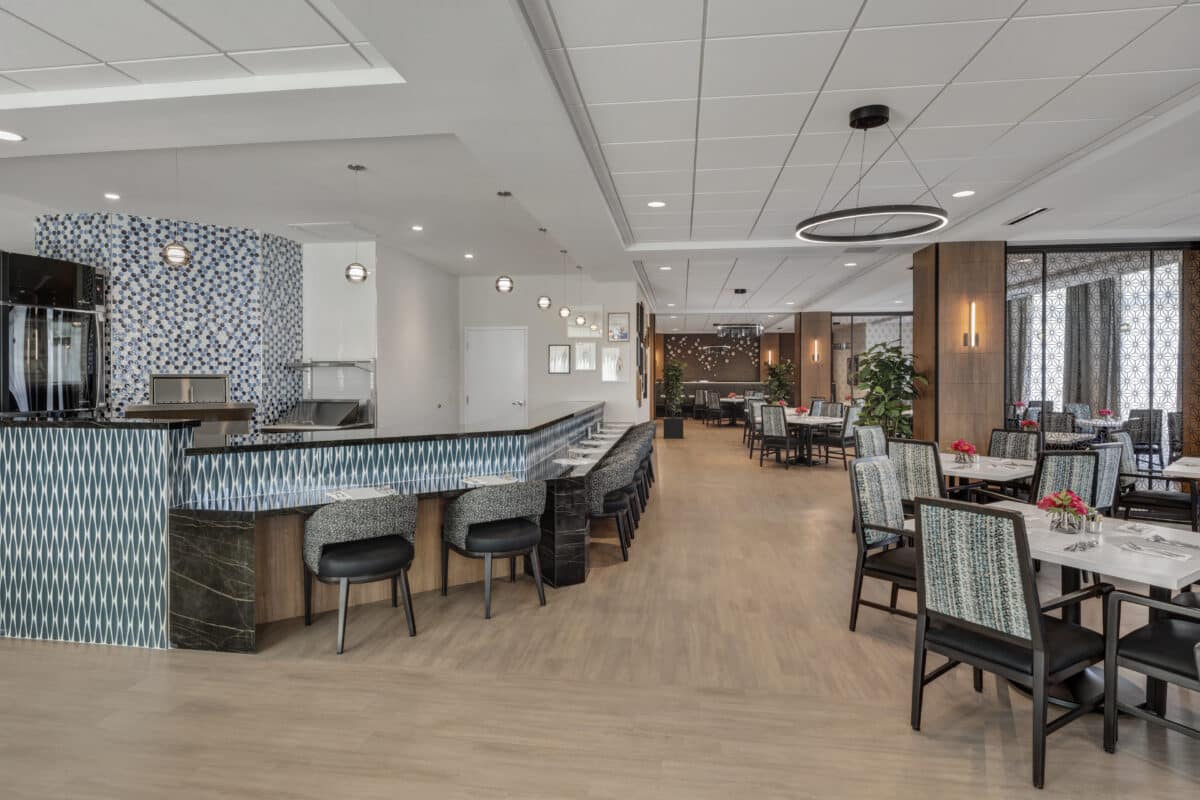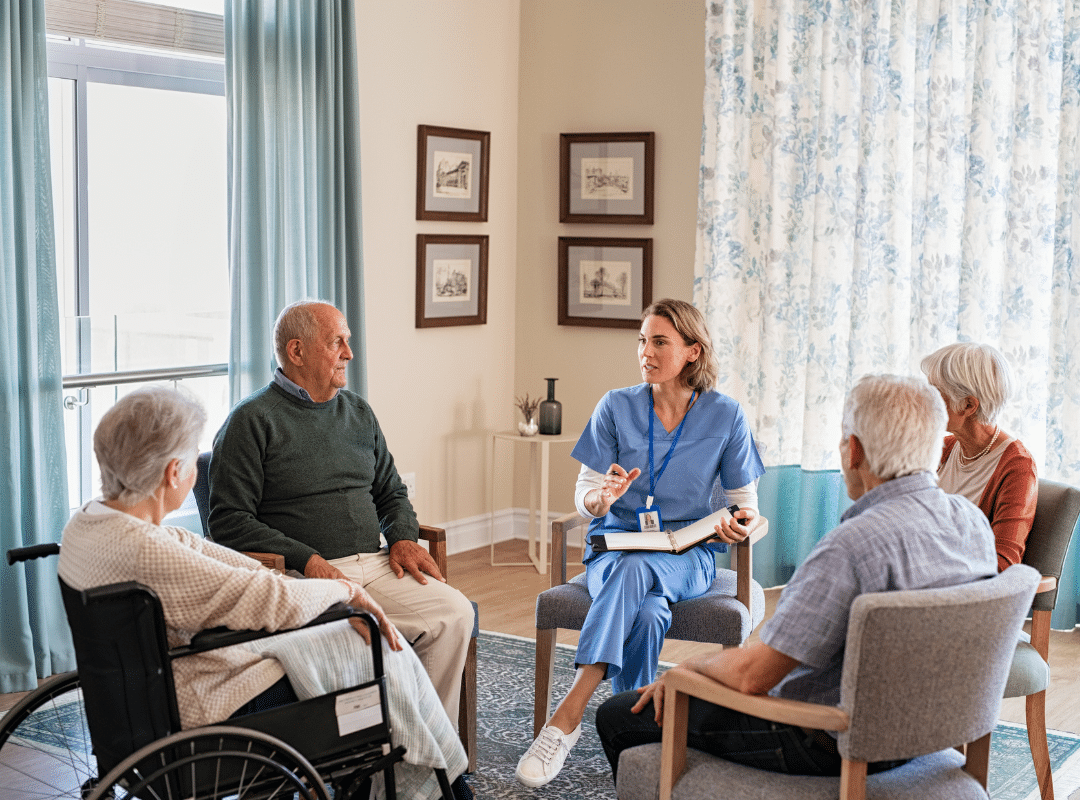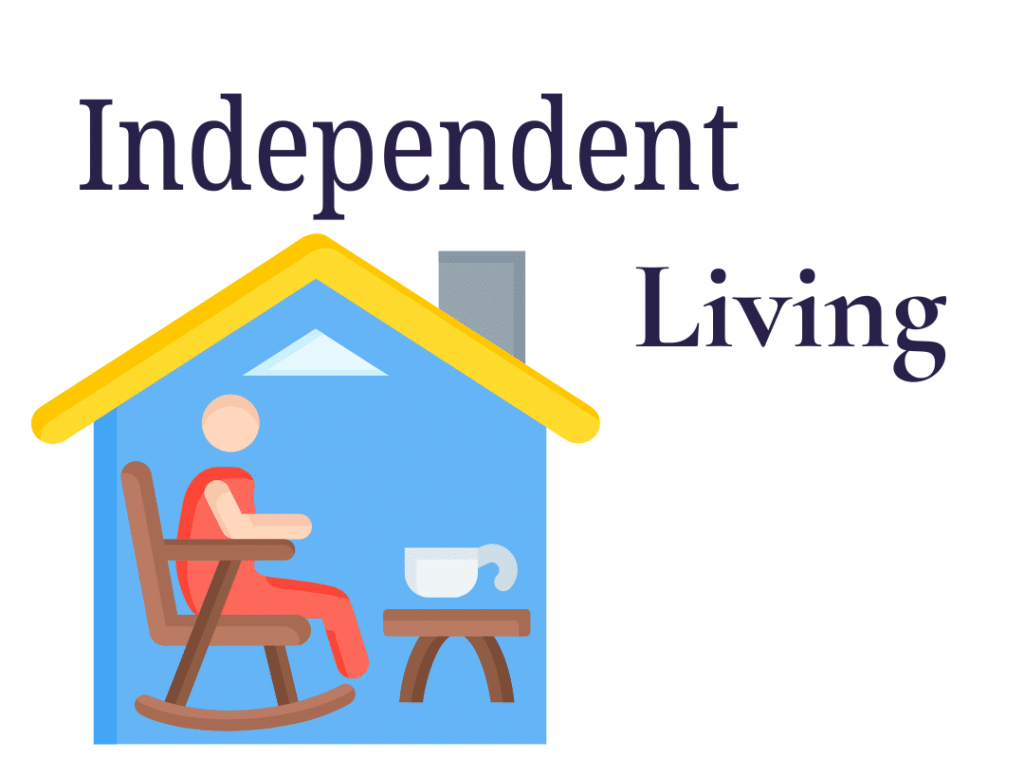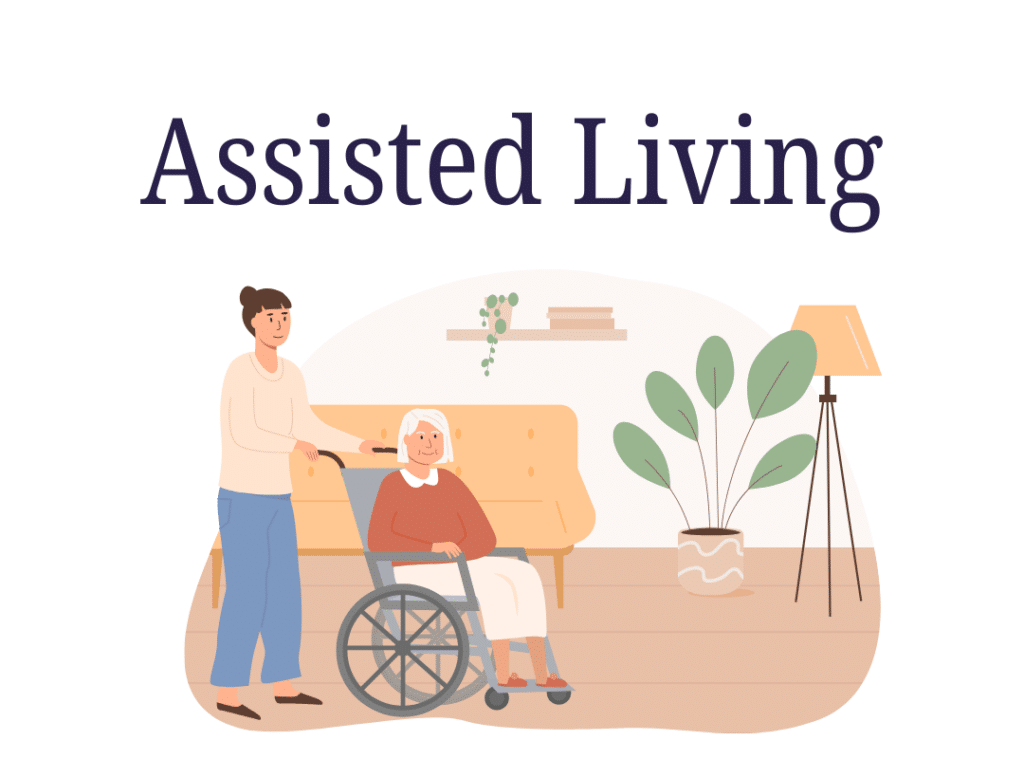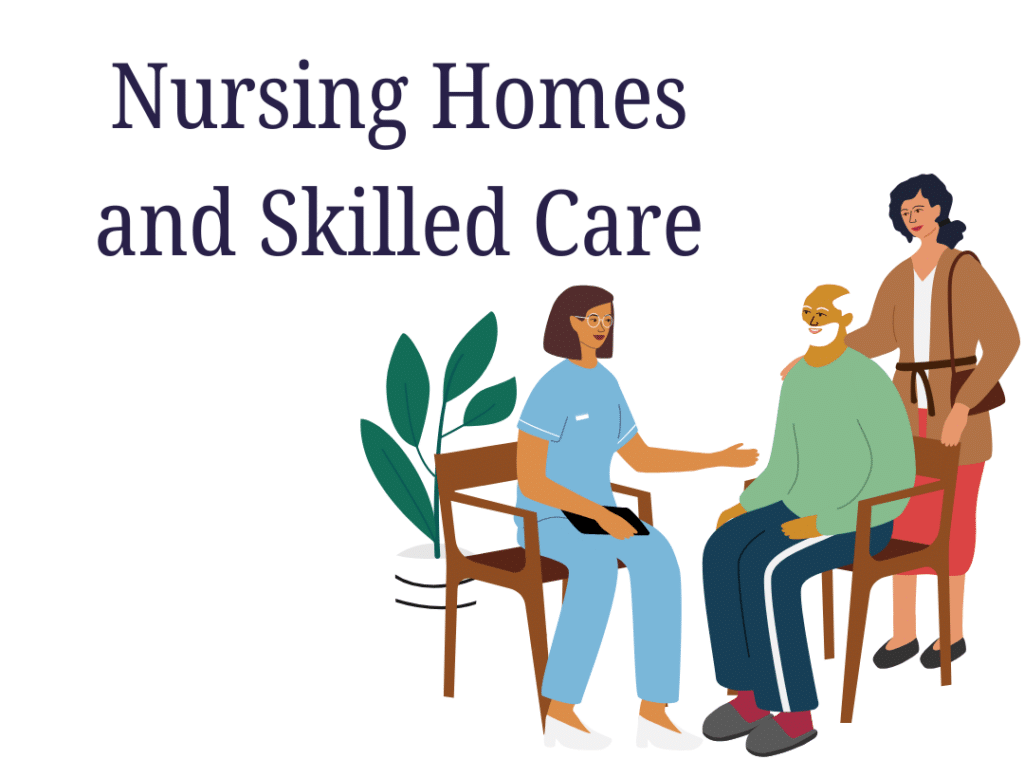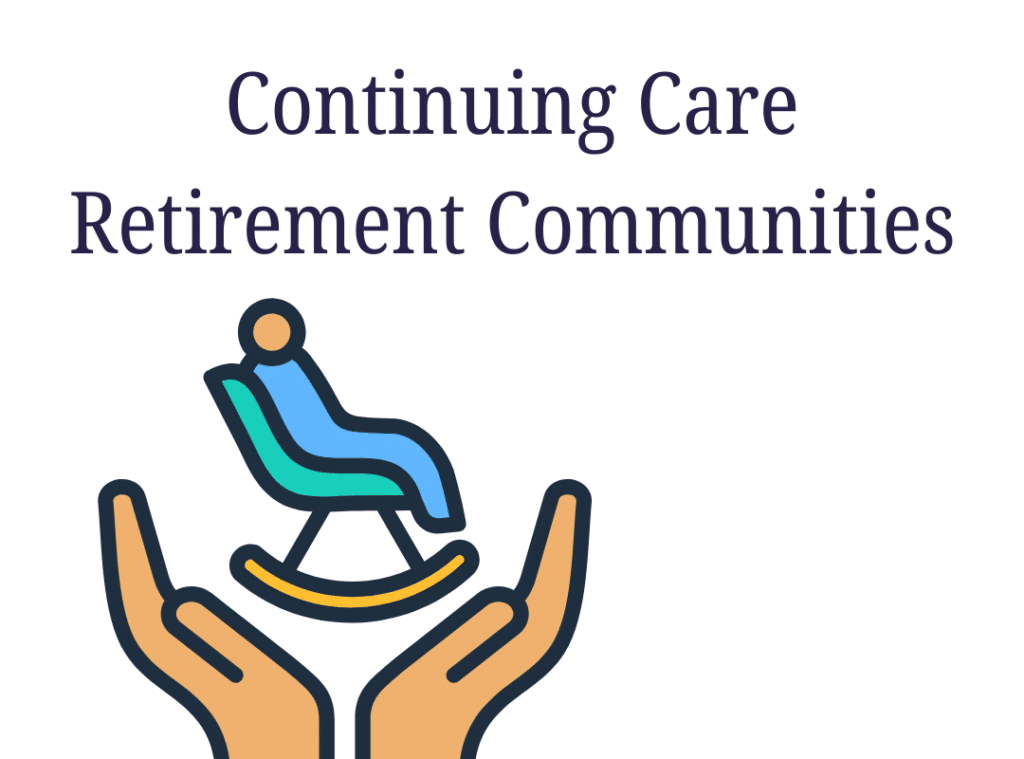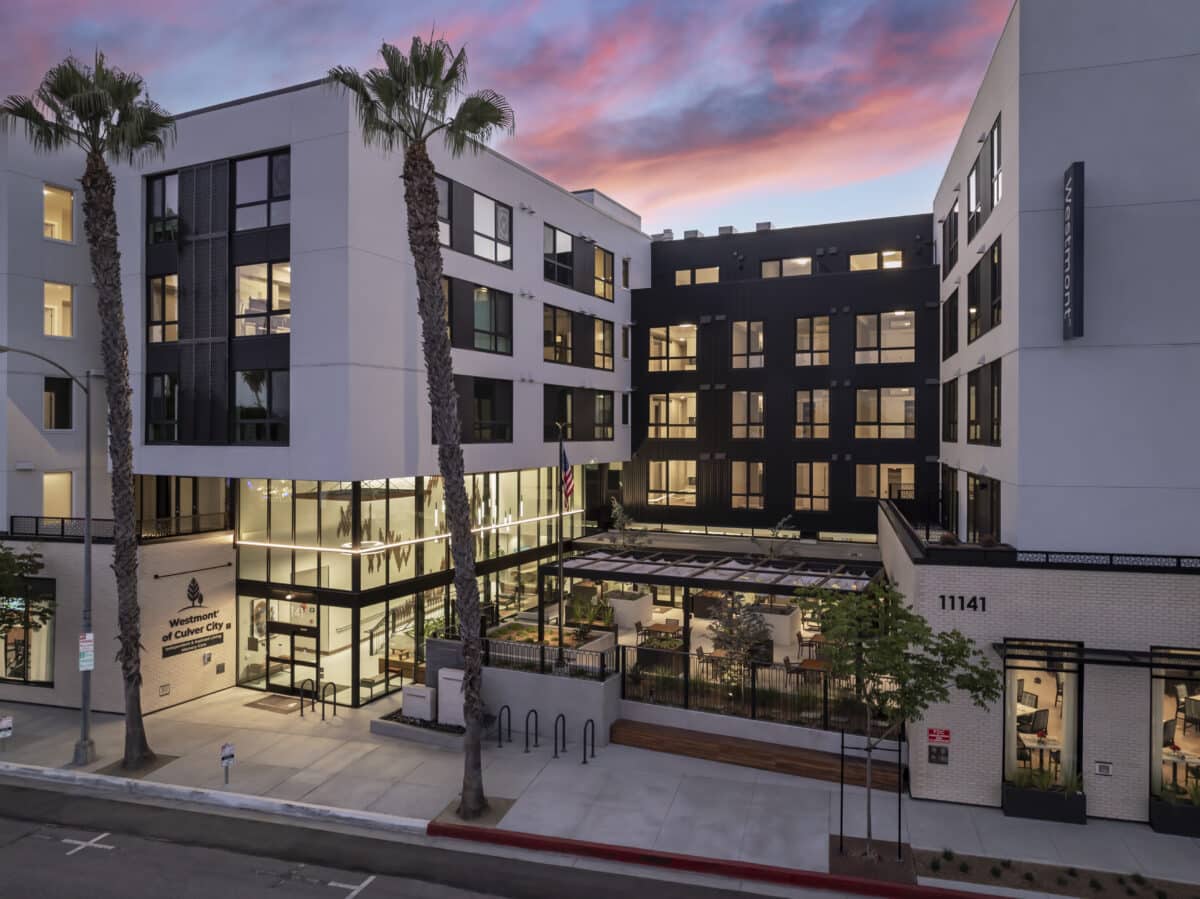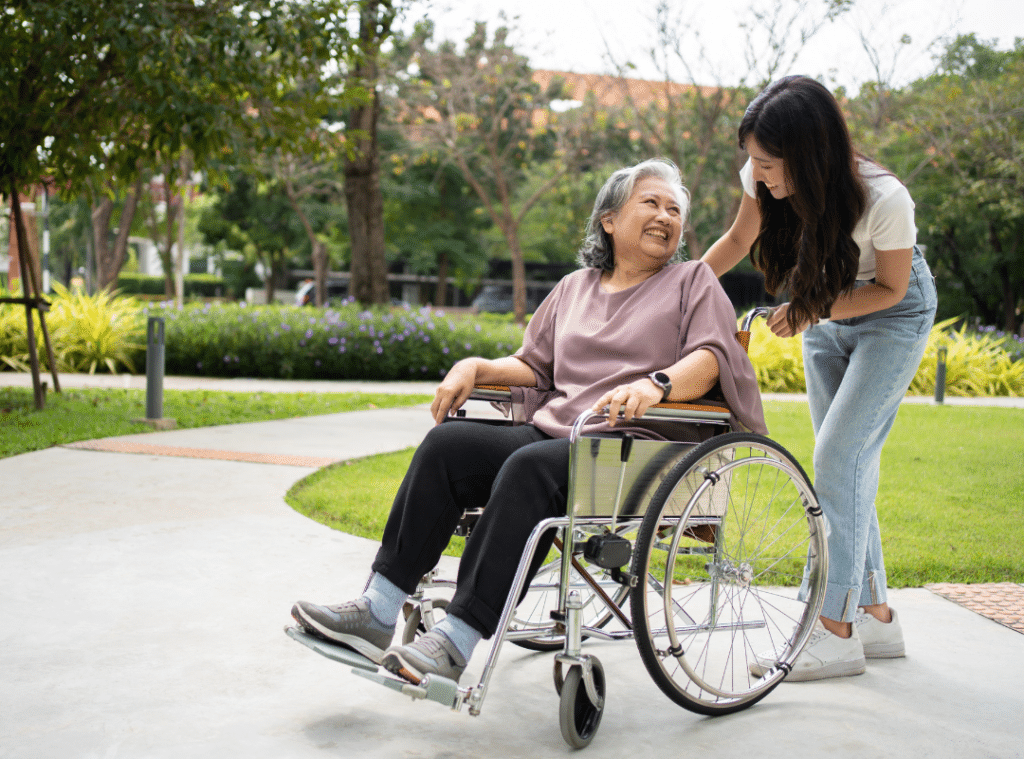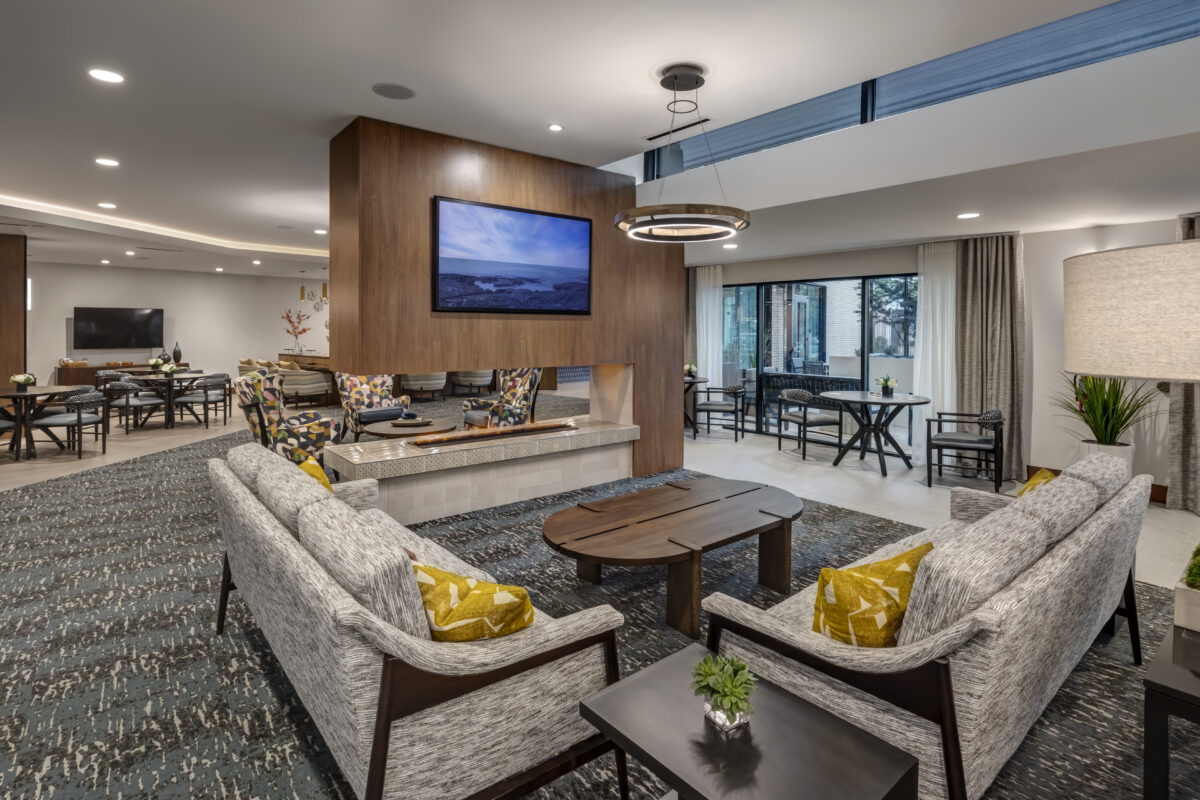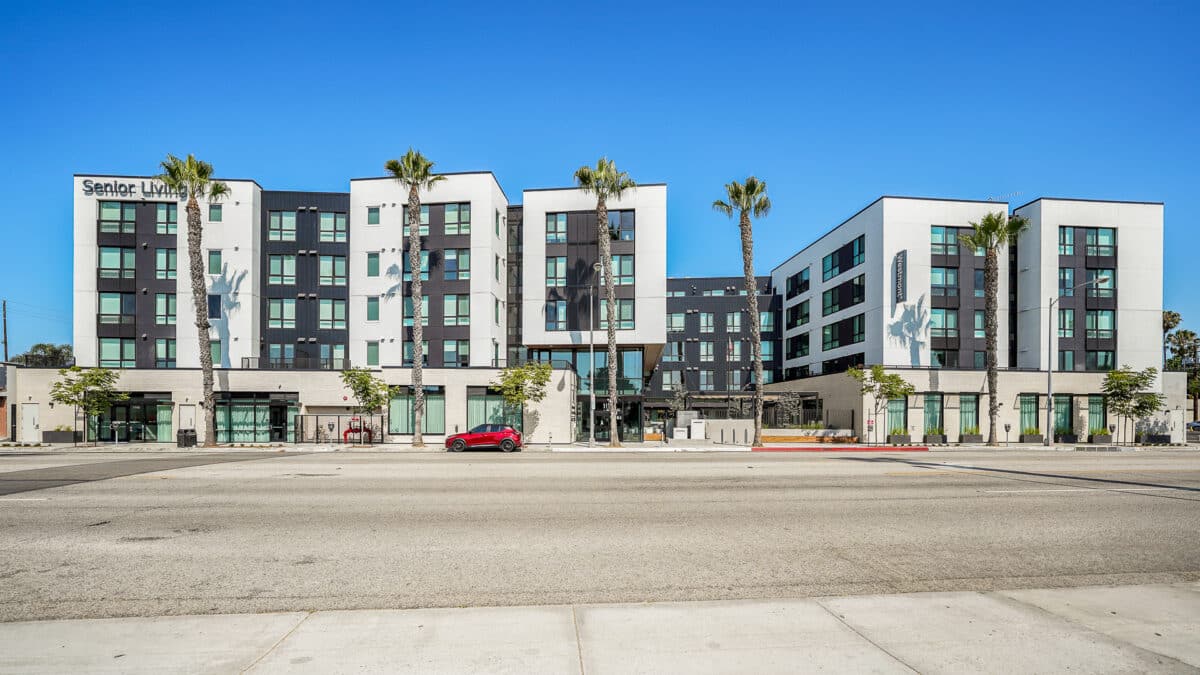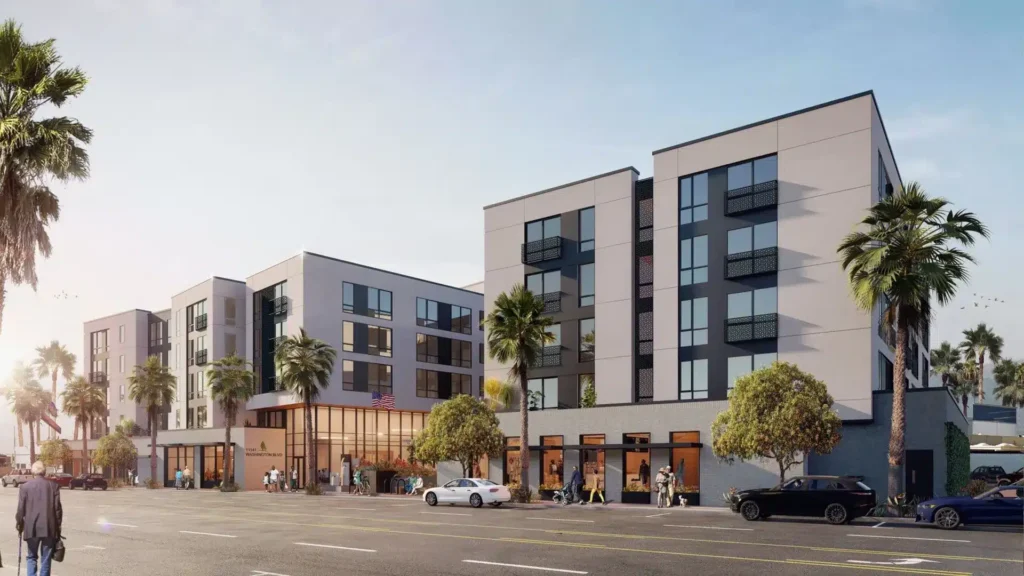Assisted Living House Plans for Smart Designs
Assisted Living House Plans: Smart Designs for Senior Living
It’s a coincidence that you stumbled upon this topic when considering living arrangements for a loved one. You might wonder how assisted living house plans from Westmont of Culver City can strategically blend safety, comfort, and independence. These designs aren’t just about aesthetics; they’re about creating an environment that truly supports the unique needs of seniors. With features prioritizing accessibility and community, you may see how these smart layouts can transform daily living. What you discover next could change everything you thought you knew about senior housing options.
Understanding Assisted Living
Assisted living facilities are designed to provide a supportive environment for individuals who require assistance with daily activities while maintaining independence. These environments resemble homes rather than traditional nursing homes, making them more inviting and comfortable.
Small assisted-living floor plans are essential for optimizing space while ensuring accessibility and functionality in the context of assisted-living house plans.
Each unit typically includes private living areas, allowing residents to personalize their spaces and communal spaces that foster social interaction. The importance of communal spaces can’t be overstated; they serve as hubs for engagement, offering dining rooms, lounges, and activity areas where residents can connect. Such environments encourage a sense of community, enhancing mental well-being and emotional support.
Innovative design in assisted living house plans focuses on creating layouts that prioritize safety and accessibility, ensuring that residents can easily navigate their surroundings. Additionally, social connection is vital for promoting overall well-being among residents, as it helps reduce loneliness and fosters meaningful relationships.
Whether you’re exploring options for a small assisted living floor plan or a larger facility, understanding these key elements will help you create an ideal living environment supporting independence and community.
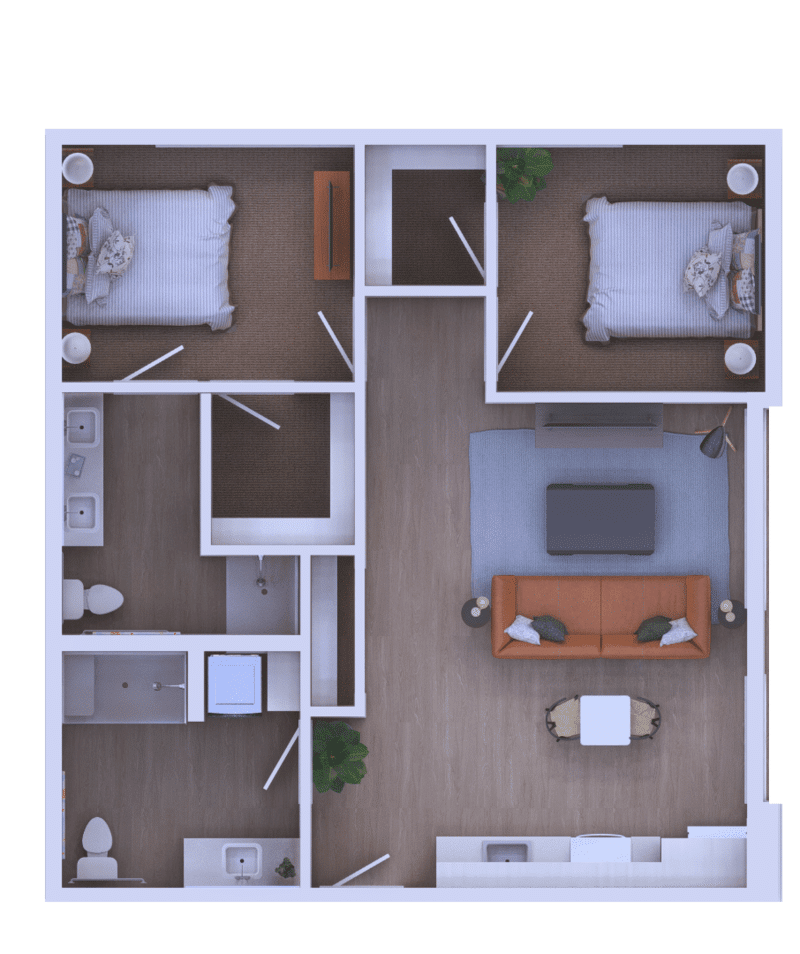
Essential Features of Floor Plans
When designing assisted living floor plans, you must prioritize accessibility considerations to guarantee that residents can navigate their spaces safely and comfortably. Incorporating communal spaces is equally essential, as these areas foster social interaction and create a sense of community among residents. Additionally, providing personalized care plans ensures that each resident’s unique needs are met, contributing to a supportive environment.
Accessibility Considerations
Accessibility considerations play an essential role in crafting effective assisted living floor plans, ensuring the safety and comfort of residents. Simple assisted-living house plans should be designed with features that promote mobility and independence. This includes wide doorways, low thresholds, and ample turning space for wheelchairs and walkers.
Here’s a breakdown of important safety and accessibility features:
| Feature | Description |
| Grab Bars | Installed in bathrooms and near beds for support |
| Emergency Call Systems | Monitored 24/7 for quick assistance |
| Non-Slip Flooring | Reduces fall risks in living and bathing areas |
| Good Lighting | Illuminates spaces to prevent accidents |
| Wide Corridors | Facilitates easy navigation for mobility aids |
These elements are essential in small assisted living house plans, where every square foot counts. By prioritizing safety and accessibility, you can create an environment that not only meets the physical needs of residents but also fosters a sense of community and well-being. Thoughtful design choices enhance daily living experiences, allowing residents to thrive in their new homes.
Communal Space Design
Creating a welcoming environment for residents extends beyond individual living spaces to include thoughtfully designed communal areas. Effective communal space design incorporates 4 normally indicated on a long-term care facility floor: dining rooms, lounges, activity rooms, and outdoor areas. Each of these elements plays a crucial role in promoting social interaction and enhancing the well-being of residents.
When considering American house assisted living floor plans, prioritize open layouts that facilitate movement and connection among residents. Spacious dining areas with comfortable seating arrangements encourage gatherings, while lounges equipped with cozy furnishings invite relaxation and conversation.
Activity rooms should be flexible and adaptable, providing resources for hobbies and group events, which fosters engagement. Outdoor spaces, like gardens and patios, offer serene environments for residents to enjoy nature and connect with others.
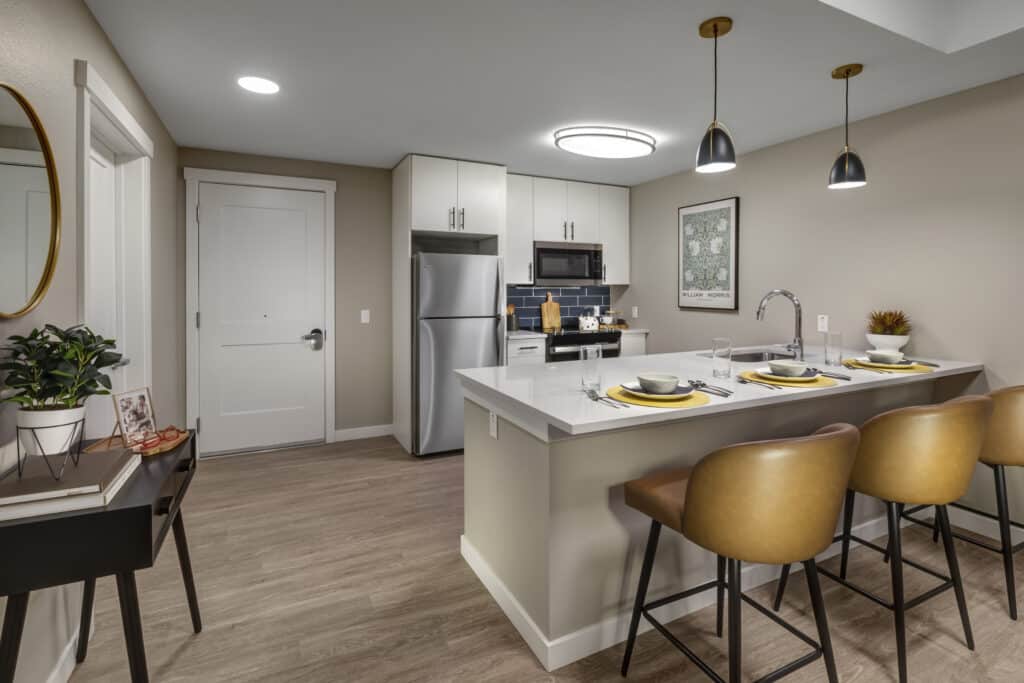
Ensuring Safety and Accessibility
When designing assisted living spaces, prioritizing safety and accessibility is essential.
You’ll want to incorporate features like grab bars and emergency call systems, ensuring residents can navigate their environment confidently.
Additionally, focusing on wheelchair-friendly layouts and well-lit areas can greatly reduce the risk of accidents, enhancing overall resident well-being. Incorporating regular exercise programs into the community can further support residents in maintaining their balance and overall health.
Safety Features Overview
Guaranteeing safety and accessibility in assisted living environments involves integrating thoughtful design features that cater to residents’ needs.
These features enhance overall well-being while promoting independence and comfort. Here are three key safety elements you should consider:
- Grab Bars: Strategically placed grab bars in bathrooms and near beds greatly improve mobility and stability. They offer essential support for residents while reducing the risk of falls.
- Emergency Call Systems: Installing emergency call systems in each apartment allows residents to summon help quickly. These systems are monitored 24/7, guaranteeing that assistance is always just a button press away.
- Wide Corridors: Designing wide corridors helps facilitate easy navigation for residents using mobility aids. This feature guarantees safety and fosters a sense of freedom and independence as residents move throughout the facility.
Accessibility Design Elements
Incorporating accessibility design elements into assisted living environments is vital for fostering a safe and comfortable atmosphere for residents.
You’ll want to prioritize features enhancing mobility and independence, such as wide doorways and hallways accommodating wheelchairs. Non-slip flooring is essential for minimizing fall risks, while strategically placed grab bars in bathrooms and near beds provide extra support.
Emergency call systems in each unit guarantee residents can quickly reach assistance when needed. Thoughtful lighting design, including motion-sensor lights, improves visibility in common areas and pathways, reducing the chance of accidents. Spacious bathrooms with walk-in showers and ample turning space further enhance safety and accessibility.
Consideration of communal spaces is equally important. You should design shared areas with accessible furniture arrangements, making certain everyone can participate comfortably.
Outdoor spaces like gardens should have smooth pathways and seating arrangements that accommodate all residents.
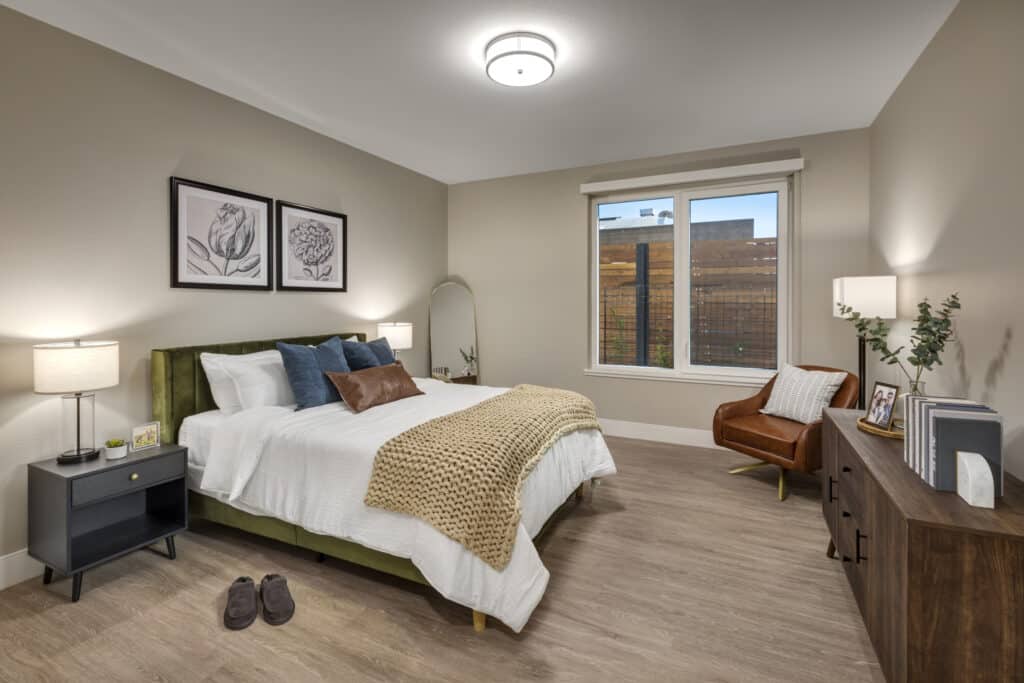
The Role of Communal Spaces
At the heart of assisted living communities, communal spaces play an essential role in fostering social interaction and enhancing residents’ overall quality of life.
These thoughtfully designed areas encourage engagement and create a sense of belonging within the community. Prioritizing communal spaces can greatly improve residents’ well-being and satisfaction.
Consider the following key features:
- Dining Areas: Shared dining experiences promote socialization, allowing residents to bond over meals and share stories, cultivating friendships.
- Activity Rooms: Spaces equipped with games, crafts, and educational materials encourage residents to engage mentally and physically, supporting their cognitive health and creativity.
- Outdoor Spaces: Gardens and patios offer tranquil environments for relaxation and socialization, allowing residents to connect with nature and each other. Additionally, these communal areas promote emotional well-being by providing opportunities for residents to form meaningful connections and friendships.
Designing With Technology
Integrating technology into assisted living design can greatly enhance communal spaces’ functionality and comfort. Smart home systems allow residents to control lighting, temperature, and entertainment through voice commands or mobile apps, fostering independence and ease of use.
Consider incorporating automated doors and motion-sensor lighting, which enhance accessibility and safety.
Enhanced communication tools, such as videoconferencing systems, bridge the gap between residents and family members, ensuring meaningful connections. Additionally, health monitoring technology can help caregivers track essential signs and medication adherence in real-time, allowing for timely interventions.
In communal areas, interactive screens can display schedules for activities and events, encouraging residents’ participation and engagement.
Implementing high-speed internet access enables seamless connectivity, allowing residents to explore hobbies or stay informed.
Lastly, integrating security features like surveillance cameras and emergency alert systems protects residents and provides peace of mind to families.
Customization and Modification Options
When designing assisted living spaces, customization and modification options are crucial in tailoring the environment to meet residents’ specific needs.
Consider various options that cater to individual preferences to enhance the functionality and comfort of your designs. This not only promotes independence but also encourages a sense of belonging among residents.
Here are three key customization options you might consider:
- Foundation Type: Choose from various foundation types, such as crawl space or slab, ensuring the structure meets the site’s and residents’ specific requirements.
- Exterior Walls: Select the wall construction, like 2×6 framing, to improve insulation and increase energy efficiency, contributing to a comfortable living environment.
- Floor Plan Formats: Provide PDF or CAD file format options, allowing stakeholders to visualize and adapt the designs according to their needs.
Advantages of Working With Designers
Collaborating with experienced designers brings numerous advantages that enhance assisted living spaces’ overall quality and functionality. By leveraging their expertise, you can guarantee that the design meets the unique needs of seniors while promoting safety and comfort. Designers understand the intricacies of creating layouts that facilitate easy navigation, accommodate mobility aids, and minimize risks.
Working with designers also allows you to incorporate innovative features tailored for enhanced living experiences. They can integrate safety elements, such as grab bars and emergency call systems, directly into the design, ensuring these features are functional and aesthetically pleasing.
Furthermore, designers focus on creating inviting communal spaces that foster social interaction and community engagement, which is vital for residents’ mental well-being.
Additionally, professional designers utilize advanced tools for floor plan creation, enabling precise layouts that maximize space and utility. They can also provide customizable options, ensuring your project aligns with the specific preferences and requirements of the residents.
Ultimately, collaborating with designers elevates the quality of assisted living environments and reinforces one’s commitment to serving others with dignity and care.
Incorporating smart designs in assisted living house plans at Westmont of Culver City not only enhances safety and accessibility but also enriches residents’ lives. With over 70% of seniors wanting to age in place, these thoughtful layouts are essential for promoting independence. By prioritizing communal spaces and technology, you’re creating an environment that fosters both physical mobility and emotional well-being. Embracing these innovative designs can greatly improve the quality of life for seniors, making their living experience more fulfilling and connected. For more information, please call us at 310-736-4118.
Frequently Asked Questions about Assisted Living
What is one of the biggest drawbacks of assisted living?
One significant drawback of assisted living is the cost, which can be substantial and may not always be covered by insurance. Additionally, adjusting to a communal living environment can be challenging for some individuals who are used to living independently.
How is most assisted living care usually paid for?
Most assisted living care is paid for privately by residents or their families, often using personal savings, pensions, or retirement accounts. Some assistance may be available through long-term care insurance or state Medicaid programs, depending on eligibility and location.
What is the best age to move to assisted living?
There isn’t a specific “best” age to move to assisted living, as it depends on an individual’s health, mobility, and support needs. Typically, people transition when they require help with daily activities or want to downsize to a more supportive environment, often in their 70s or 80s.



